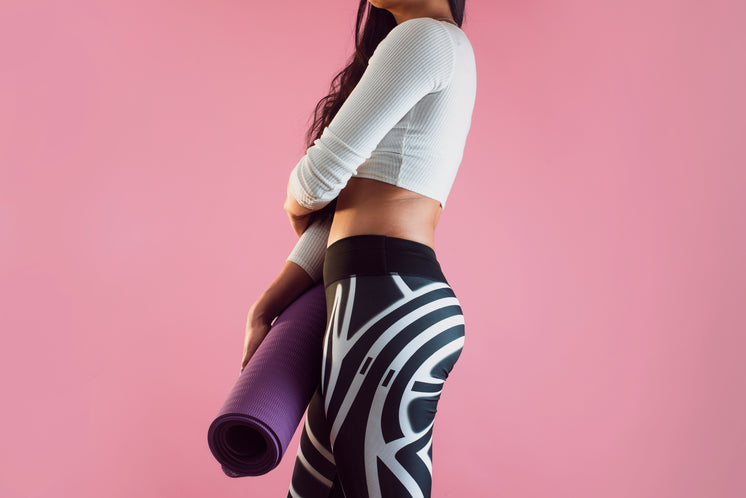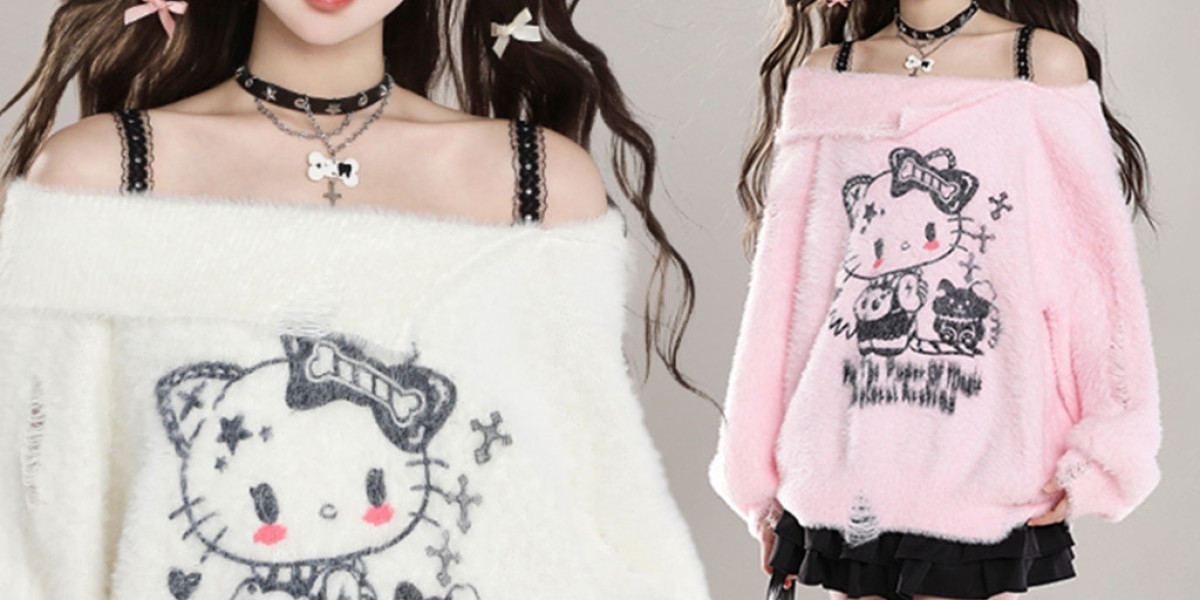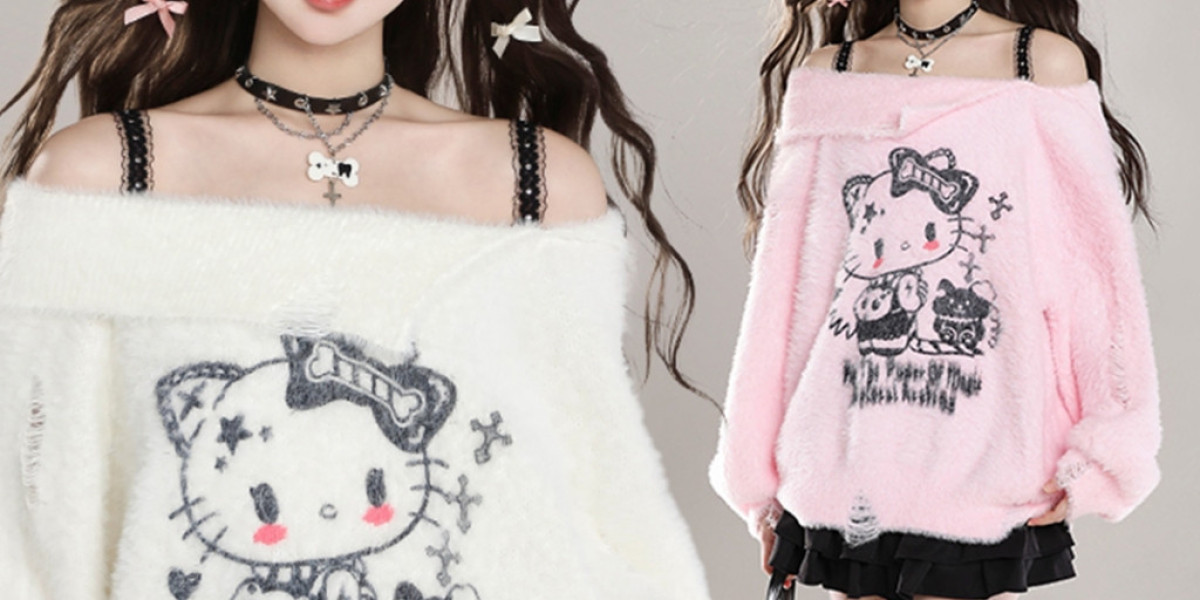Introduction
The Kawaii aesthetic, originating from Japan, has change into a worldwide vogue trend that embraces all things cute, charming, and endearing. From pastel colours and quirky prints to oversized bows and adorable equipment, the kawaii aesthetic has captivated trend fanatics around the globe. Specifically, kawaii outfits have gained reputation for their means to evoke feelings of happiness, nostalgia, and innocence. But what's it about kawaii outfits that make them so interesting? In this article, we will delve into the science behind kawaii aesthetic outfits and discover the psychological results they have on individuals.
The Psychology of Kawaii
The term "kawaii" is derived from the Japanese phrase for "cute," and the kawaii aesthetic focuses on creating an general look that is sweet, childlike, and charming. Research has proven that exposure to cute photos and objects can set off a way of affection and protectiveness in individuals, known as the "cuteness response" (Sherman et al., 2009). This response is thought to be rooted in our evolutionary past, as child animals and human infants rely on their cuteness to elicit caregiving conduct from adults.
Kawaii outfits tap into this cuteness response by incorporating parts such as pastel colors, delicate textures, and whimsical patterns. These design options can set off optimistic emotions in people and create a sense of consolation and safety. Additionally, kawaii outfits usually function playful and imaginative themes, which might spark emotions of creativity and nostalgia for childhood. By wearing kawaii outfits, individuals can categorical their playful and whimsical side, whereas additionally tapping into a sense of innocence and purity.
The Influence of Kawaii Outfits on Mood
Numerous research have explored the results of clothing on temper and self-perception. For example, researchers have discovered that carrying clothes that's perceived as engaging or trendy can boost confidence and self-esteem (Nalwa & Anand, 2003). Equally, wearing clothes that is snug and sensible can improve emotions of relaxation and nicely-being. In the case of kawaii outfits, researchers have discovered that carrying clothes with cute and charming designs can evoke feelings of joy, happiness, and playfulness (Donin & Kaestle, 2019).
One study by Huang and Yung (2017) investigated the consequences of carrying kawaii outfits on mood and located that members reported feeling more cheerful and positive when dressed in kawaii clothes. The researchers recommend that this may be because of the affiliation between cuteness and constructive feelings, as nicely as the novelty and playfulness of kawaii outfits. These findings highlight the potential of kawaii outfits to reinforce mood and promote a sense of properly-being.
The Social Impression of Kawaii Outfits
In addition to influencing mood, kawaii outfits can also have a social influence on individuals. Analysis has shown that sporting clothing that is perceived as cute or charming can elicit positive responses from others, equivalent to compliments and smiles (Narvaez et al., 2017). This will lead to elevated social interactions and feelings of connection with others. Within the context of kawaii outfits, individuals who wear cute and charming clothes could also be perceived as approachable, pleasant, and likable, which may also help foster positive social relationships.
Moreover, the kawaii aesthetic is often related to themes of kindness, compassion, and empathy. By sporting kawaii outfits, people might signal to others that they value these qualities, which might help facilitate constructive social interactions and communication. In this manner, kawaii outfits can function a type of nonverbal communication, conveying messages of warmth and friendliness to others.
Conclusion
In conclusion, the kawaii aesthetic presents a unique and charming approach to vogue that can have optimistic psychological and social results on people. From triggering feelings of happiness and nostalgia to enhancing temper and selling social connections, kawaii outfits have the potential to uplift spirits and create a way of joy. By embracing the kawaii aesthetic by cute and charming clothes, individuals can faucet into their playful and whimsical facet, whereas additionally expressing a way of innocence and purity. Because the kawaii trend continues to captivate vogue enthusiasts all over the world, its influence on mood, self-notion, and social interactions is becoming more and more recognized and celebrated.







